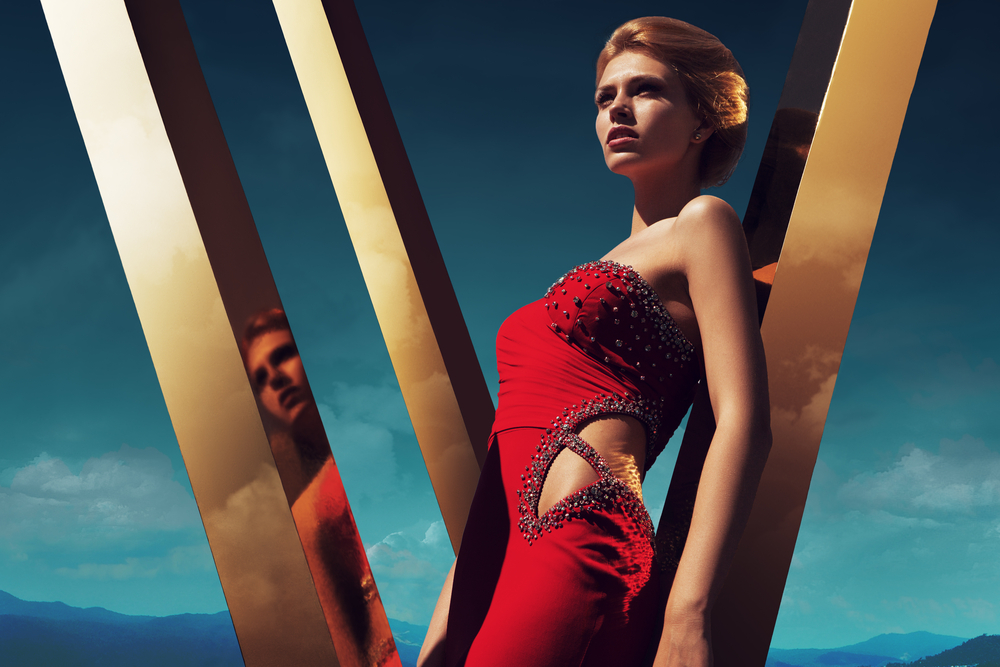
Modeling is a fascinating art form that requires skill, dedication, and a keen eye for detail. Behind every beautiful photograph lies the hard work of both the model and the photographer. To achieve stunning results, it is essential to master various professional techniques. In this article, we will explore the art of modeling and how to elevate your photoshoots using these techniques.
1. Understanding Poses and ExpressionsThe foundation of any successful photoshoot lies in the ability to strike unique poses and convey a variety of emotions. Models must understand how different angles, gestures, and body movements can create different effects. A slight tilt of the head, a gentle hand gesture, or a captivating eye contact can make a world of difference in the final image. Practice and experimentation are key to developing a versatile range of poses and expressions that will elevate your modeling (by models) skills.
2. Working with Lighting
Lighting plays a crucial role in photography, and models must learn to work harmoniously with it. Understanding how different lighting setups can enhance or alter the mood of a photoshoot is essential. Whether it's natural light, studio lighting, or a combination of both, models should be able to adapt to different lighting conditions effortlessly. Experiment by positioning yourself in relation to the light source and observe the impact it has on your overall appearance. Learning to manipulate light effectively will undoubtedly elevate the quality of your photos.
3. Developing a Versatile Wardrobe
A model's wardrobe can significantly impact the outcome of a photoshoot. Aim to have a diverse range of clothing options that suit various themes and styles. Think about the mood you want to convey and select outfits accordingly. Experiment with different textures, colors, and patterns to add visual interest to your photos. Remember, a well-chosen wardrobe can transform a good photo into an outstanding one.
4. Collaborating with the Photographer
A successful photoshoot is a result of a collaborative effort between the model and the photographer. Clear communication, trust, and understanding are indispensable elements of this collaboration. Engage in dialogue with the photographer to grasp their creative vision for the shoot. Seek feedback from them during and after the session. Successful collaboration fosters creativity and ensures that both parties are working towards a shared goal.
5. Posing Techniques for Different Types of modeling (or modelling)
Different types of modeling require specific posing techniques. For example, fashion modeling often involves showcasing clothing and accessories, while fitness modeling may require highlighting body physique and strength. Research and practice poses that best suit the type of modeling you are pursuing. Study successful models within your niche and draw inspiration from their work. Incorporate these techniques into your photoshoots to truly shine in the modelling (or modeling) industry.
Frequently Asked Questions:
Q1. Do I need professional training to be a model?A1. While professional training can certainly be beneficial, it is not always a requirement. Many successful models have honed their skills through practice, determination, and learning on the job. However, enrolling in modelling classes can provide you with valuable insights, industry knowledge, and opportunities to network with professionals.
Q2. How can I develop a strong modeling portfolio?
A2. A strong modeling portfolio showcases your versatility, range, and professionalism. Start by collaborating with talented photographers who can capture your best angles and showcase your unique qualities. Include a variety of images that highlight different styles, emotions, and types of modeling you can effectively portray.
Q3. What should I do to prepare for a photoshoot?
A3. Preparation is key to a successful photoshoot. Get a good night's sleep, hydrate well, and take care of your skin and hair in the days leading up to the shoot. Practice your poses and study different expressions in front of a mirror. Arrive at the location on time, and bring any necessary items such as wardrobe options, accessories, and personal grooming items.
Q4. How can I overcome nervousness during a photoshoot?
A4. Feeling nervous before or during a photoshoot is perfectly normal. To manage nervousness, take deep breaths and remind yourself of your capabilities. Establish a comfortable rapport with the photographer, and don't be afraid to ask for guidance or feedback. Remember to have fun and embrace the experience, as it will shine through in your photos.
Q5. How can I find modeling opportunities?
A5. Finding modeling opportunities can be done through various channels. Build relationships with local photographers, makeup artists, and designers who may require models for their projects. Attend casting calls, fashion events, and modeling competitions to increase your visibility in the industry. Additionally, create an online portfolio to showcase your work and actively engage on social media platforms frequented by industry professionals.
Modeling is an art form that requires dedication, creativity, and continuous self-improvement. By mastering professional techniques, understanding poses, lighting, wardrobe, and collaborating effectively, you can elevate your photoshoots to new heights. Remember to be persistent, embrace learning opportunities, and develop a strong personal style. With practice, passion, and perseverance, the art of modeling can become your path to success.
Other useful resources
- https://www.planetmodelphoto.com
- https://blog.planetmodelphoto.com
- https://en.wikipedia.org/wiki/Category:Modeling_(profession)